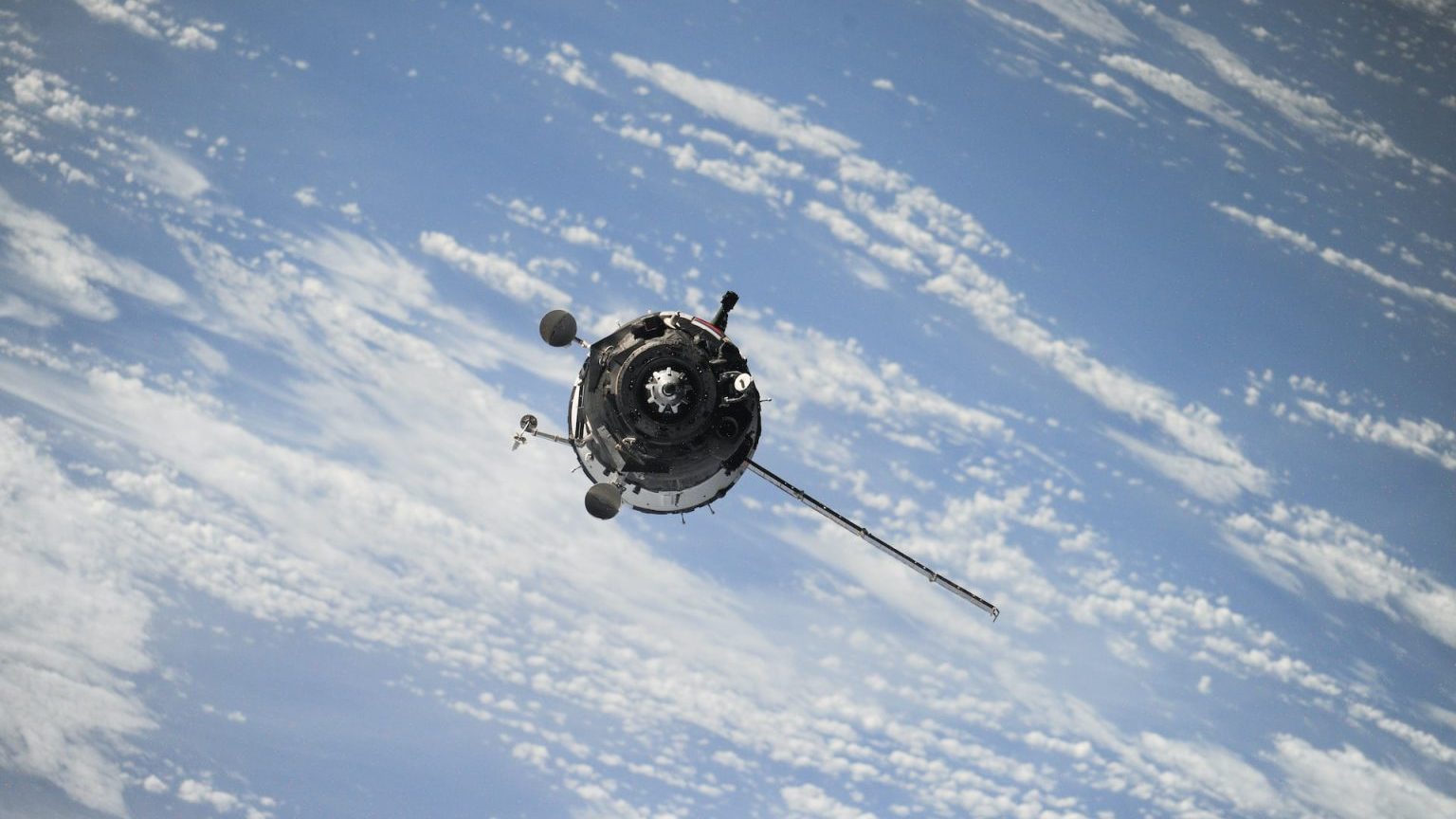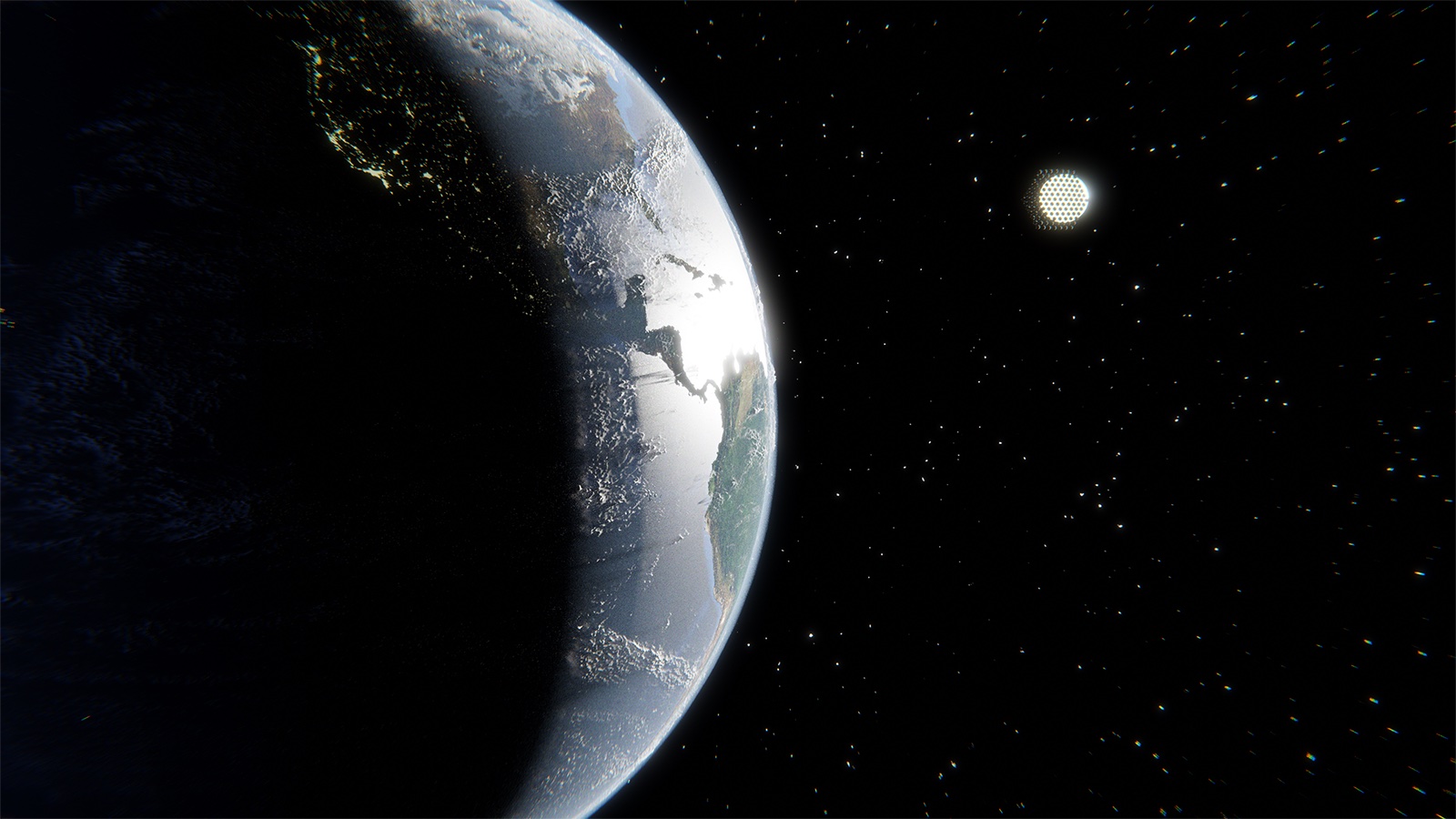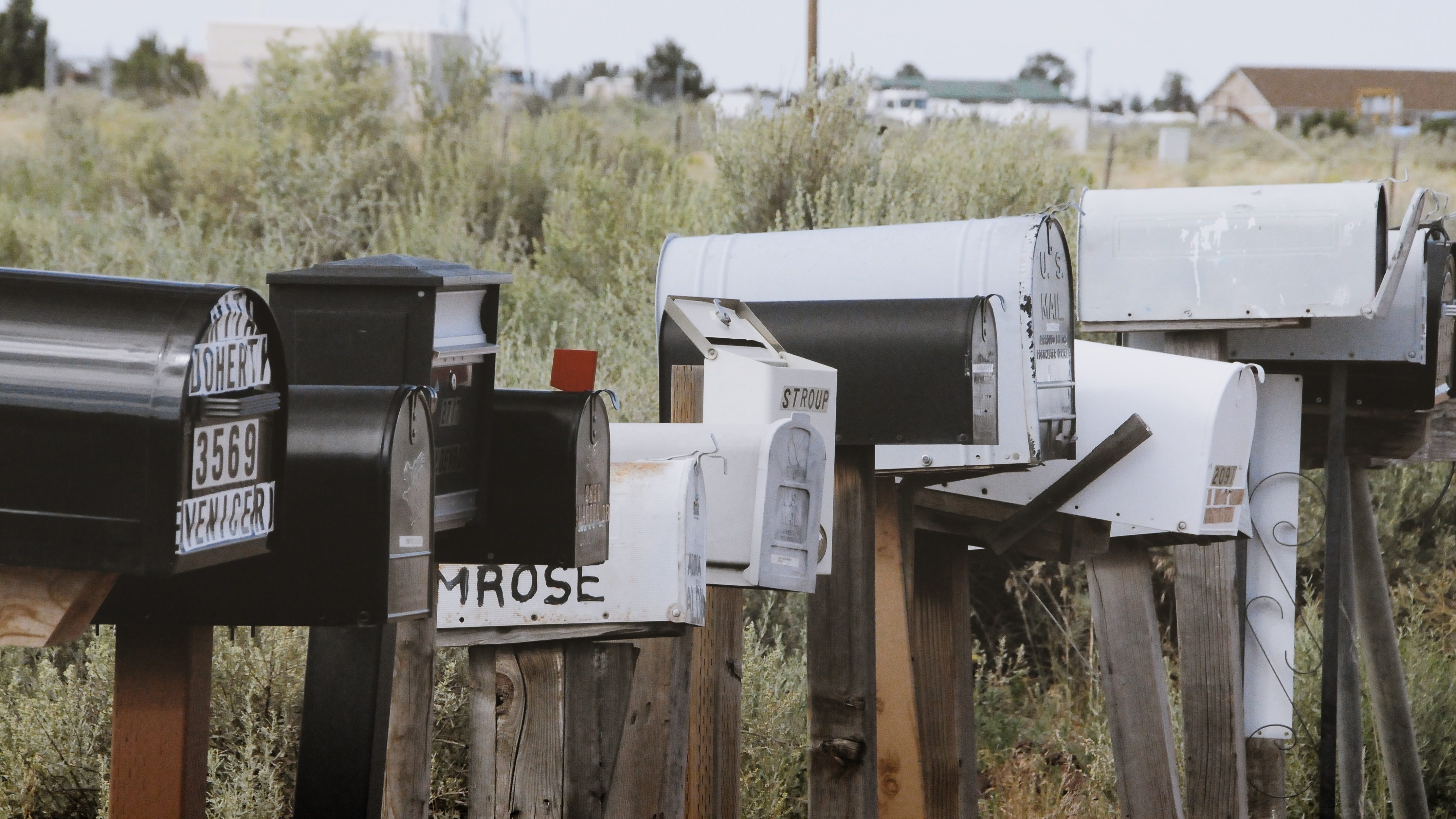Risk Mitigation
The nature of civilizational threats has changed in a mere decade.
Out of sight, but not out of mind.
Why can’t more rainwater be collected for the long, dry spring and summer when it’s needed?
The media sells bad news, but scientific evidence shows that we are making progress toward a greener planet.
As far as we know, it’s only happened once to one unlucky person in Oklahoma.
Leftover Cold War-era bunkers are still kept in a state of readiness to protect the population from nuclear war.
In the future, driving an app across a bridge could let engineers know how safe it is.
Years of shoddy research have overstated the risk.
Researchers use fluid dynamics to spot artificial imposter voices.
When you don’t know what you’re looking for, it’s easier to miss it.
Certain cancers are striking earlier than they used to.
“Our risk-benefit analysis showed that benefits exceeded procedural risks… by up to 200 to 1.”
On the morning of June 30, 1908, an explosion of more than 10 megatons occurred above the sparsely populated Siberian Taiga. What caused the so-called Tunguska event?
Spaceguard shows that we can manage risks to the extinction of humanity — if only we put our mind to it.
NASA was dangerously cavalier about the dangers of the shuttle launches.
We’ve been somewhat lucky in the past…
As technology advances, the use of laser weapons in space becomes more likely.
A marine scientist explains the threat of the Loop Current, a 800-pound gorilla of Gulf hurricane risks.
Sick of remembering a random string of letters, numbers, and special characters?
An out-of-this-world idea could help reduce some of the risk of solar geoengineering.
Fire-retardant gels and slimes combine the best attributes of water and foam.
Morbid fatality statistics on digital highway signs seem to distract drivers, thus increasing the number of car crashes.
You can’t control external threats, but you can manage how you prepare and respond to the risk.
▸
with
COVID-19 and other microbes have shed light on disease spillover from animals to humans, but we can also spillback disease to wildlife.
Forty Starlink satellites were destroyed earlier this year in a geomagnetic storm.
60% of all potentially dangerous asteroids remain undetected.
Russia’s cyberattacks against Ukraine have been prolific and ongoing for several years. The future of war may begin in cyberspace.
Can space ever be safe? What about the metaverse?
Someone breaks into a mailbox that stores letters waiting to be sent and grabs some of them in hopes they’ll contain a check that’s been filled in. That’s just the start.
“Think defensively about how you can protect yourself from an almost inevitable attack, rather than assuming you’ll avoid harm.”





























